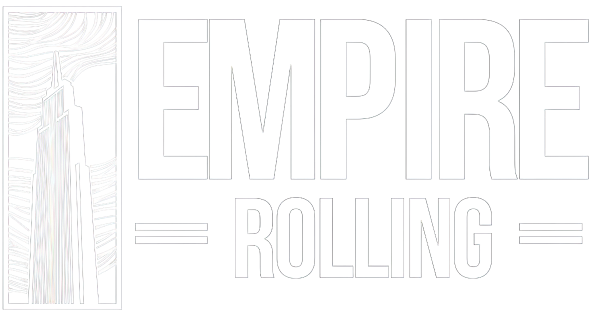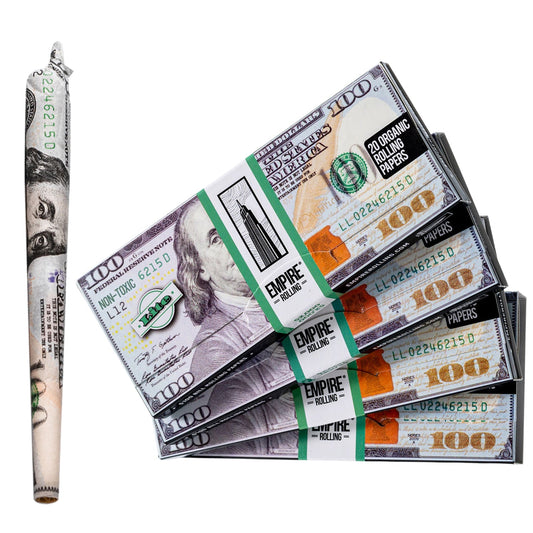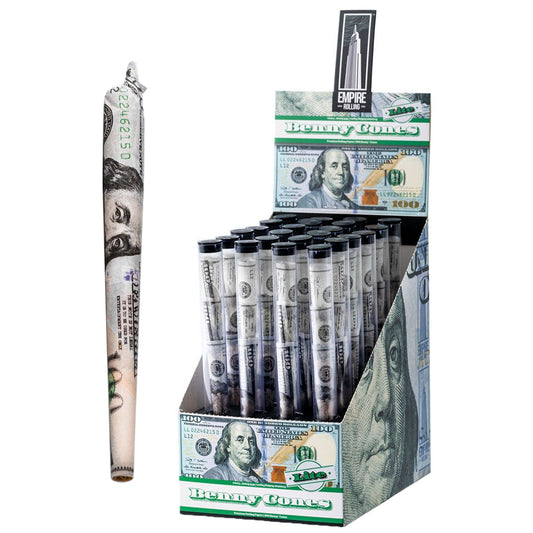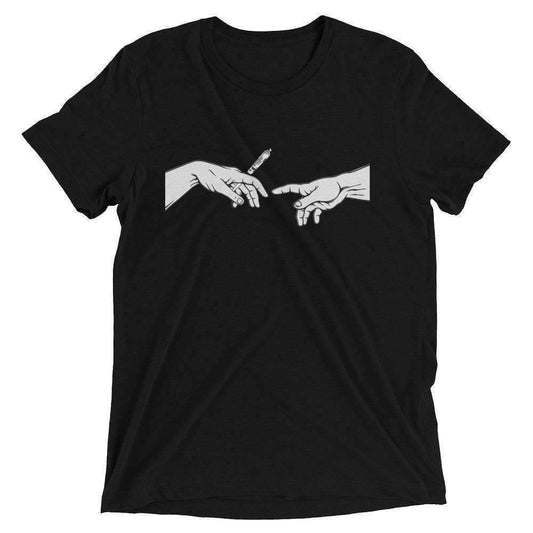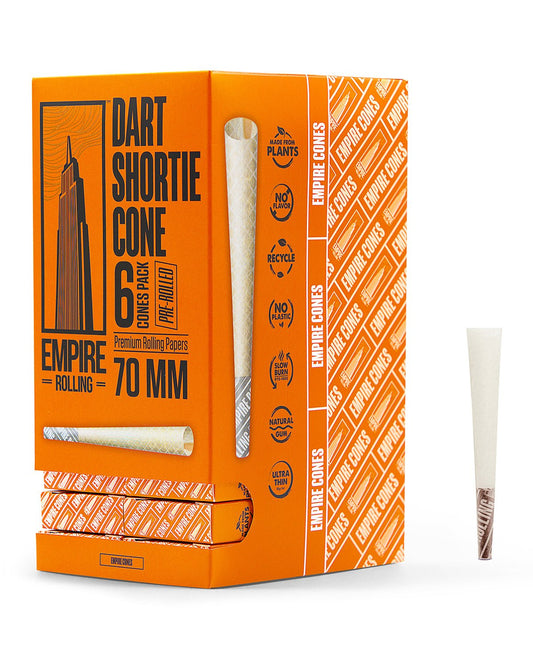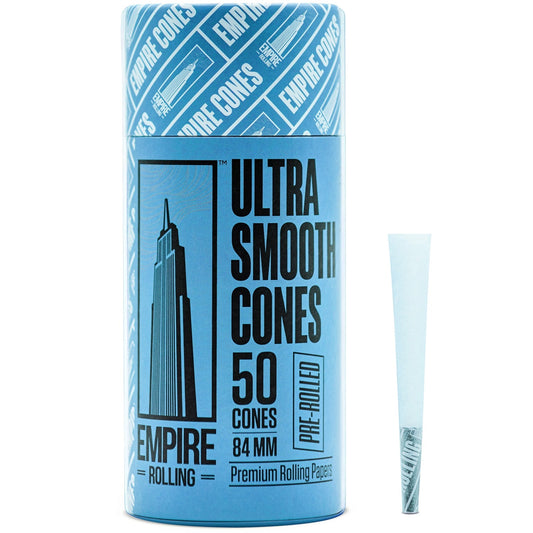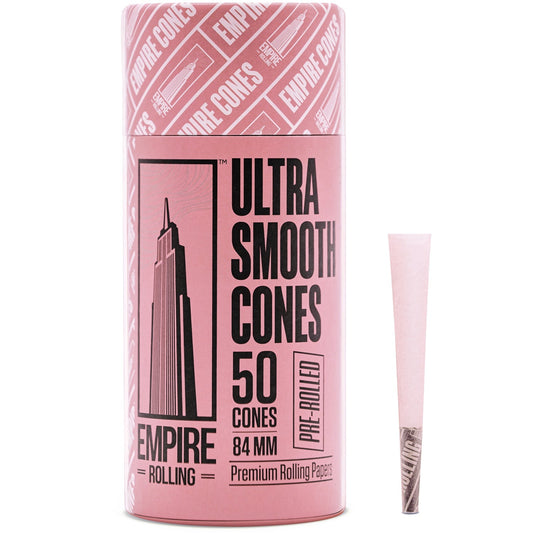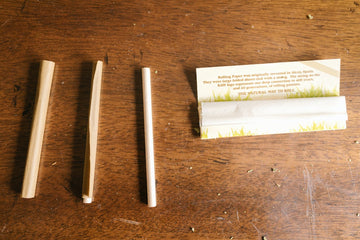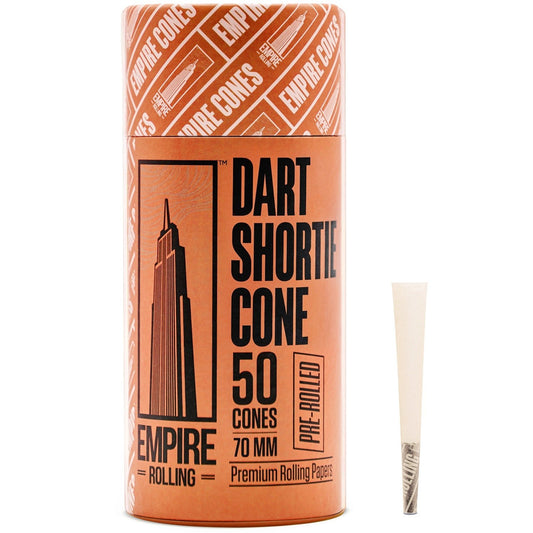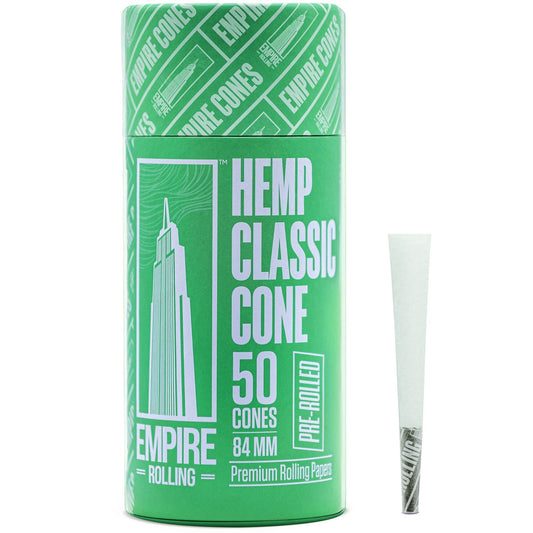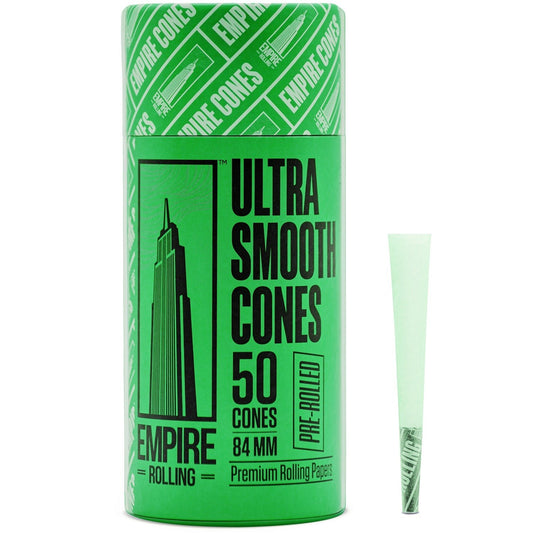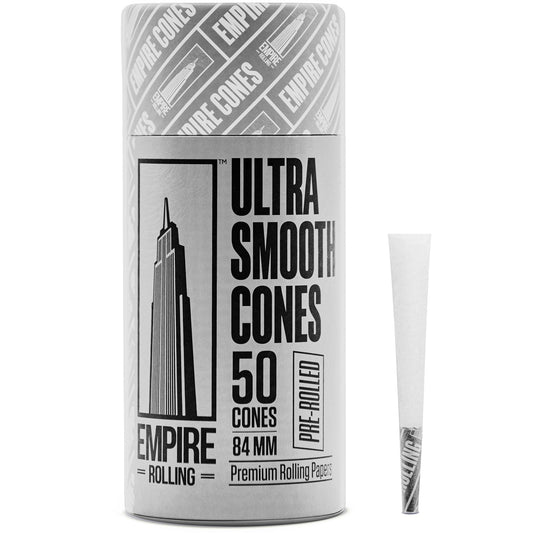History Of Rolling Papers & Their Use
The earliest recorded use of rolling papers dates back to the 10th century in China. The first papers were made out of rice paper and were used for smoking tobacco. The rolled cigarettes were known as "boogers." In the 13th century, the Moors introduced rolling papers to Europe.
The first European rolling papers were made out of wheat straw. In the 18th century, rolling papers were made out of hemp paper. The first mass-produced rolling papers were made in 1764 by French paper-maker Jean-Baptiste Lafarge.
In 1832, the first American rolling papers were made by Daniel Swain. The modern rolling paper was invented in 1855 by French tobacconist, Jean-Baptiste Lefort. His papers were made out of thin sheets of paper-pulp that were glued together.
Today, rolling papers are made out of a variety of materials, including rice paper, hemp paper, flax paper, and even bamboo paper. There are also a wide variety of sizes and shapes available.
Rolling papers have come a long way since their humble beginnings in 10th century China. What started as a simple way to smoke tobacco has evolved into a multi-billion dollar industry. There's no telling what the future holds for rolling papers, but one thing is for sure, they're not going anywhere anytime soon.
